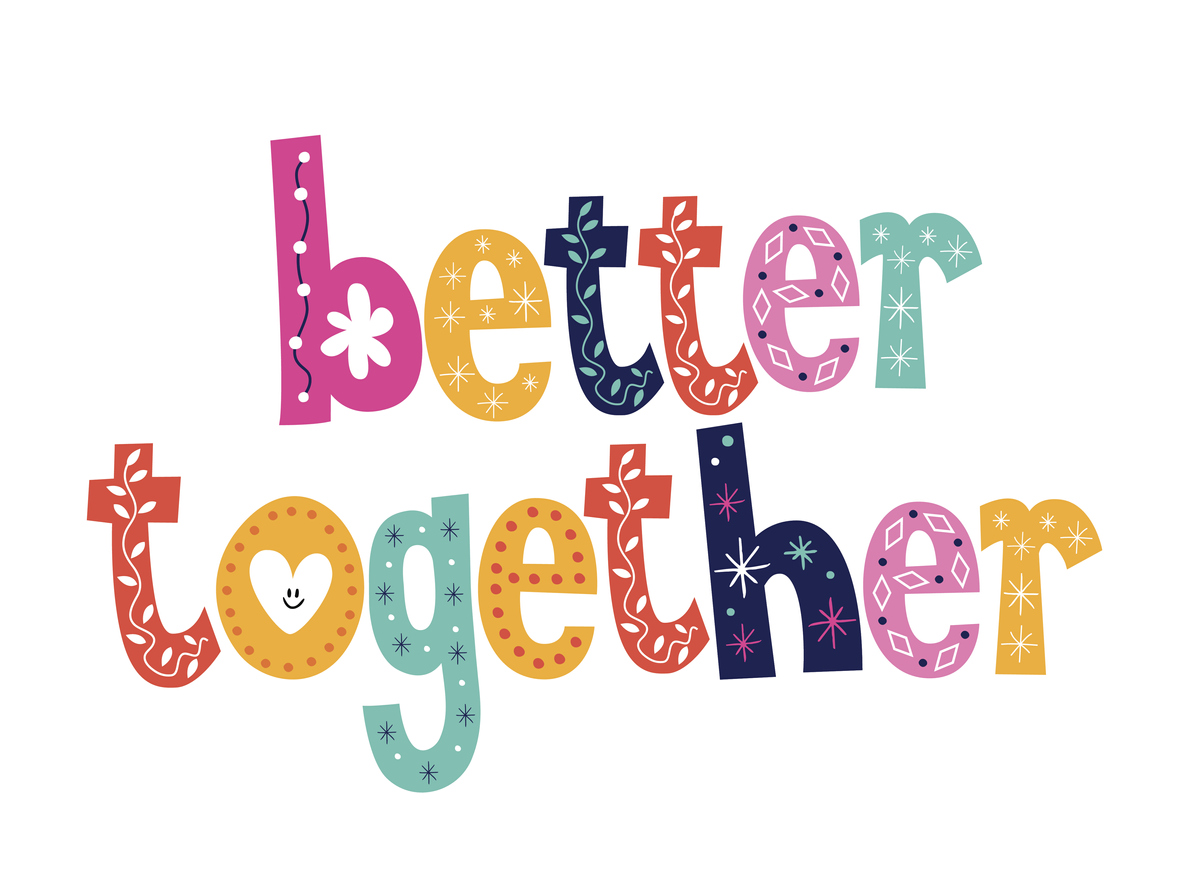
At The Mandt System we divide our training into different sections. Regardless of the level of training you receive, our most important emphasis is on building healthy relationships, but perhaps we should go a little deeper to find out exactly how we do that. It might sound easy, but there are a variety of potential roadblocks preventing us from actually accomplishing those healthy relationships.
A critical component to building relationships with others is to connect with them on a personal level. In this age of technology it is easy to reach out via text or email, but nothing beats sitting down (in person) with someone to really talk. Casual conversation, or small talk, is a great way to figure out what some of those connections might be. Family, education, hobbies, etc. are all generally safe topics of conversation to try to make those connections.
Another aspect of healthy relationships is making the time you spend with people quality time. This can be very challenging in our fast paced world and in our work environments where we are constantly being pulled in a million different directions. But even if we just devote a few minutes of quality time to nurturing our relationships with others, it will pay off. Use modern technology to your advantage to stay connected.
Listen more and talk less! The art of active listening, right? Try to see things from the other person’s perspective. Be open to hearing their points of view, even when they differ from your own. Ask open ended questions for clarification. Devote yourself completely to the conversation at hand – no distractions! Put down that phone, pull out those ear buds. Allow yourself to just listen to another person.
Remember the little details. Whether it be their birthday, their pet’s name, or their favorite color, when we can recall details about a person’s life we communicate that we have invested ourselves in them. I once had a co-worker that I only saw occasionally, but whenever I did see her I would ask about her children – calling them by name. She frequently commented on how nice it was that I remembered their names and that I asked about them consistently.
Play to people’s strengths. Each member of your team has areas of strength and other areas where they are not as strong. When teams can work cohesively together, each member’s strengths will complement the others’. Our good healthy teams will be much better able to provide safe environments for people served to live, learn, work and play.
Nikki Wince – Director of Faculty Development.



